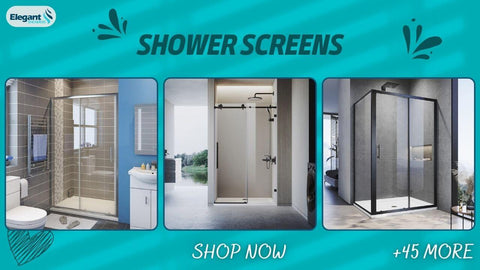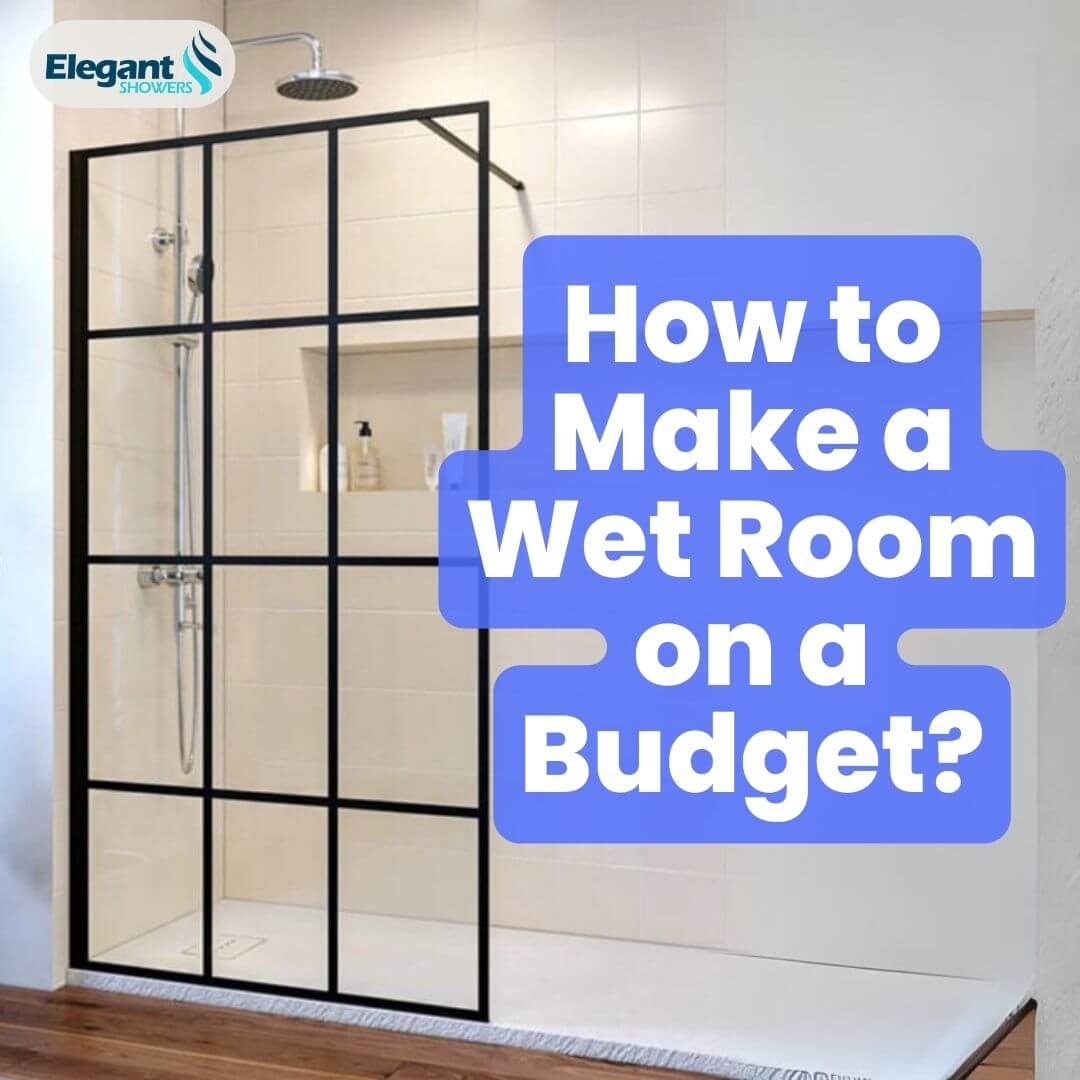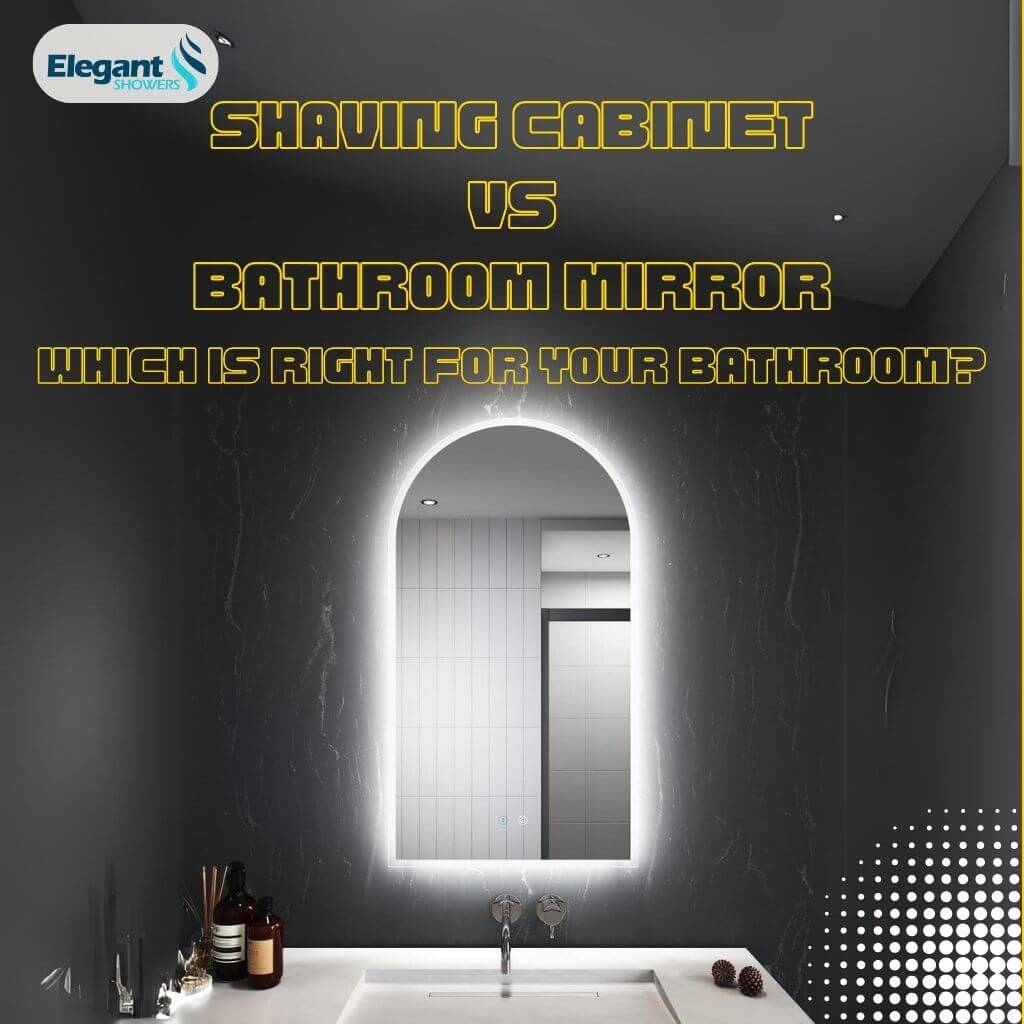Introduction
When renovating a bathroom, one of the biggest decisions is choosing between a walk-in shower or a wet room. Both offer sleek, modern designs that open up small spaces. But they also have key differences in terms of layout, waterproofing, cost, and maintenance.
This blog post will compare walk-in showers vs wet rooms. You'll learn the pros and cons of each option. We'll also provide tips on choosing the right one for your home and lifestyle. Read on to make an informed decision for your next bathroom remodel!
What Is a Walk-in Shower?
A walk-in shower is a spacious shower without doors or curtains. The shower area is open and often features a sleek linear drain along one side. The lack of doors makes the space feel more open.
Walk-in showers feature waterproofing only in the shower area. The rest of the bathroom has standard flooring and drywall. The shower pan and walls are made of materials like tile, solid surfacing, or glass. These contain the water in the showering space.
Many walk-in showers are curbless. This means the shower floor directly connects to the rest of the bathroom floor. Others have a minimal threshold or lip to contain water. This threshold is often linear and matches the modern style of the space.
Benefits of Walk-In Showers
- Provides an open, roomy sensation in compact bathroom spaces: The lack of obstructing doors or shower curtains lends a perception of increased square footage.
- Contemporary, minimalist aesthetic appeal: The pared-down look and feel aligns with current sleek, modern design trends.
- Enables wheelchair and walker access with curbless models: Barrier-free curbless construction accommodates users with mobility limitations.
- Simplifies cleaning through strategic floor drain placement: The linear drain efficiently directs water away, allowing straightforward mopping and wiping post-shower.
- Customizable layouts and building materials: Walk-in showers permit personalized configurations and material selections like tile, glass, solid surfacing, etc.
Potential Shortcomings of Walk-In Showers
- Splash and spray without containment of doors: The open access can lead to excessive splashing and spraying beyond the shower area onto bathroom floors and walls.
- Daily squeegeeing and towel drying required: To prevent puddles and moisture buildup, daily wiping and drying is essential.
- Can feel breezy without door enclosure: The lack of closure may leave users with a feeling of being exposed to drafts of cold air.
- Difficulty confining water with children and pets: Containing sprinkles and splashes can prove challenging with energetic kids and animals.
- Increased slipping hazards without textured surfaces: The smooth, sleek tiles that are commonly chosen require cautious footing, especially when wet.
What Is a Wet Room?
A wet room has an open shower design with full waterproofing throughout the entire space. The shower area flows into the rest of the bathroom seamlessly. The shower head can be placed anywhere to direct water. The entire floor is sloped to a linear drain.
Since the whole room is waterproofed, you can splash water anywhere without damage. All walls and ceilings are protected behind waterproof panels. The vinyl or stone resin flooring is non-porous to prevent leaks.
Wet rooms feature a minimalist modern style, just like walk-in showers. The lack of enclosure and curbless entryway gives them an open, airy feel. The full waterproofing also makes wet rooms a smart choice for accessible design.
Benefits of Wet Rooms
- Boundless design adaptability for showerhead positioning and location: Wet rooms allow flexibility in the stylistic layout by enabling homeowners and designers to freely choose showerhead sites unencumbered by specific showering zones. This permits personalized customization.
- Fully wheelchair accessible and functional for users with disabilities: The curbless open concept, along with comprehensive waterproofing, creates a seamlessly accessible wet room environment that poses no physical impediments.
- Perception of increased square footage: The absence of shower doors or curtains provides an unobstructed view that makes the space feel more expansive than its actual size.
- Waterproofing for all surfaces: The comprehensive watertight sealant safeguards all wall and floor surfaces from leakage damage. This provides peace of mind against leaks.
- Effortless cleaning facilitated by linear drain: The strategic drain placement allows swift drainage of water across the entire floor into a single channel, making mopping and wiping efficient.
Potential Drawbacks of Wet Rooms
- Greater upfront costs owing to full waterproofing requirements: Since waterproofing treatments must be applied to the entire space, it demands more building materials and labor costs compared to localized shower waterproofing.
- Fewer design choices caused by tile fragility: Tile surfaces can breach and undermine the waterproofing protections, restricting homeowners to alternative waterproof flooring options that limit aesthetic flexibility.
- Specialist plumbing expertise necessary for proper installation: The comprehensive waterproofing and drainage systems require professional expertise to install correctly and prevent issues down the line. DIY is not advisable.
- Possibility of mold accumulation with inadequate ventilation: Lack of sufficient continuing air circulation can lead to moisture buildup and mold growth in hidden crevices. Proper ventilation is imperative.
- The necessity of meticulous drying and wiping after each use: Due to the open layout, water can spread across the entire bathroom floor, making thorough drying mandatory to avoid puddles and residue.
Related expansion reading: Walk-in Showers vs. Shower Enclosures: 2023 Ultimate Guide
Walk-in Showers vs. Wet Rooms: What Are the Differences?
Now that you understand both options, let's compare walk-in showers vs. wet rooms:
- Scope of waterproofing: Wet rooms require full-room waterproofing, while walk-in showers only demand waterproofing in the shower area. This impacts cost and leak protection range.
- Shower positioning adaptability: Wet rooms permit adjustable showerhead placement anywhere in the space, whereas walk-in showers have a fixed showering zone.
- Handicap accessibility: Wet rooms provide unfettered wheelchair and mobility device access. Walk-in showers can also enable access with curbless models.
- Upfront costs and budget: Comprehensive waterproofing makes wet rooms a pricier initial investment. Walk-in showers are more budget-friendly.
- Maintenance and daily care: Wet rooms need thorough air drying and ventilation daily. Walk-in showers only require contained squeegeeing and wiping.
Related shower screen maintenance tips: How to Keep Your Shower Screen Sparkling: Top Tips for Cleaning and Maintenance
- Aesthetic flexibility: Both share a sleek style, but wet rooms allow more adaptable configurations and layouts.
- Water splash control: The enclosed walk-in design better contains excess splashing. Wet rooms require more vigilance against sprays.
- Ease of DIY: Walk-in showers are simpler for DIY installation. Wet rooms necessitate professional expertise.
The main contrasts come down to the extent of waterproofing, placement flexibility, accessibility accommodation, cost considerations, required maintenance, and aesthetic possibilities. Analyzing these factors will determine which choice best suits your needs and preferences.
More bathroom designs: 10 On-trend Large Bathroom Ideas in 2023
Walk-in Showers vs. Wet Rooms: How to Choose the Right One?
Choosing between a walk-in shower or wet room depends on your budget, accessibility needs, lifestyle, and design priorities.
- Budget: If budget is a concern, a walk-in shower contains costs only for the shower area. Wet rooms require full waterproofing which drives up the price.
- Accessibility: For universal accessibility, wet rooms are the best choice. For mobility-limited users, curbless walk-in showers can also work well.
- Maintenance: Do you want quick daily tidy-ups? Walk-in showers make squeegeeing and towel-drying simplest. For thorough drying, wet rooms take more effort.
- Messes: Wet rooms contain messes and splashes easily. With pets or kids, they prevent slips and leaks.
- Design style: If you want versatile showerhead placement and minimalist style, wet rooms offer more flexibility.
- Size: For smaller spaces, a curbless wet room or walk-in shower opens up floor space by removing physical barriers
Assess your individual needs to pick which option best suits your lifestyle, accessibility needs, design taste, and budget.
Last Word
Whether you choose a walk-in shower or a wet room, both offer gorgeous, modern styles for contemporary bathrooms. Wet rooms provide full waterproofing flexibility and accessibility. Walk-in showers offer a more affordable option focused only on the shower area.
Make sure to plan adequate ventilation and drying space based on your choice. With a smart design that caters to your needs, you can't go wrong with either of these inviting shower spaces. Just take time to weigh the pros and cons before beginning your bathroom remodel.
Q&As about Walk-in Showers vs. Wet Rooms
Q: What size bathroom is best suited for a walk-in shower?
A: Walk-in showers work well in both small and large bathrooms, though the latter can more comfortably accommodate multiple users. For smaller baths, a 4'x4' or 4'x5' walk-in shower is ideal to not overwhelm the space.
Q: Can I have both a walk-in shower and bathtub in my bathroom remodel?
A: Yes, it's possible to have the best of both worlds. Choose an open walk-in shower for its low-maintenance and modern style alongside a relaxing soaking tub. Optimize space with a corner tub design or smaller alcove tub.
Q: Does a walk-in shower require specialized cleaning?
A: Not necessarily. Using a squeegee to remove water and a towel to dry surfaces after each use is sufficient. Occasional scrubbing with bathroom cleaner keeps it fresh. Proper ventilation also prevents mold buildup.
Q: How do wet rooms prevent leaks compared to walk-in showers?
A: Wet rooms use full-room waterproofing, overlaying water-tight membranes behind wall and floor finishes. This protects all surfaces from moisture damage. Walk-in showers only waterproof the shower pan and walls.
Q: Can you install radiant heating under a wet room floor?
A: Yes, radiant heating can be installed safely under the waterproofing membrane of a wet room. This adds comfortable warmth underfoot and accelerates drying after use.
Q: Is professional installation required for a wet room?
A: Yes, it's highly recommended to hire professionals to install wet rooms. The intricate waterproofing, sloped floors and drainage systems require expertise to construct correctly and avoid issues down the line
Q: What is the cost range for a basic walk-in shower?
A: A DIY walk-in shower can cost $500-$2000 depending on size. Hiring a contractor raises costs to $2000-$5000 on average, varying by materials and layout complexity. High-end custom walk-in showers cost $5000-$15,000+.
Q: How much more expensive are wet rooms compared to walk-in showers?
A: Due to full waterproofing, wet rooms have an average cost of $5000-$10,000 for a contractor to install. This makes them about 2-3 times more expensive than a basic walk-in shower installation. Complex custom wet rooms can cost $15,000+.
Q: Can I install a budget wet room?
A: To cut costs on a wet room, choose affordable waterproof floor and wall coverings like vinyl sheets or tile. Get creative integrating the shower and sink/toilet areas. Focus the linear drain and sloped floor only where needed.
Q: Should I expect to pay more for a curbless vs curbed walk-in shower?
A: Yes, curbless showers require precise sloped tilework, waterproofing, and linear drainage to direct water properly. This specialty construction costs 25-50% more for labor and materials.






